Brawdy
| Also known as: | Brandy (misspelling) / Brawdy Business Park / Cawdor Barracks / HMS Goldcrest / HMS Goldcrest II / RAF Brawdy / RAF Station, Brawdy / RN Air Station, Brawdy / RNAS Brawdy |
| County: | Pembrokeshire |
| Current Status: | Army barracks (main position) / Industry |
| Date: | 1 February 1944 - 31 March 1996 |
| Current Use: | Disused |
| Used By: | RAF (main user) / FAA (main user) / Civil |
| Landing Surface Types: | Paved |
| Aircraft Roles: | Air-sea rescue / Anti-aircraft co-operation / Meteorological reconnaissance (main role) / Naval aviation (main role) / Trainer (main role) |
Brawdy began life as a satellite to nearby St David’s, opening on 1 February 1944 for No 19 Group of Coastal Command. The unusual layout of three runways allowed large and heavily laden aircraft to take off in all prevailing winds. These aircraft soon arrived in the form of No 517 Squadron’s Handley Page Halifaxes which primarily carried out meteorological flights across the Atlantic, losing a number of aircraft and crews to the weather. Supermarine Spitfires and de Havilland Mosquitoes of No 8 Operational Training Unit were among other aircraft that used Brawdy during the Second World War. Eventually in November 1945 the station switched roles with St David’s to become parent as it proved the more effective of the two places.
On 1 January 1946, the airfield was handed over to the Royal Navy and became HMS Goldcrest II, initially as a satellite for Dale, then HMS Goldcrest on 4 September 1952 after Dale’s closure. The Fleet Requirements Unit (FRU) operated Sea Mosquitoes at firstly Brawdy from 5 January 1950 then St David’s from September 1951 before returning later in the 1950s. This unit trained FAA pilots converting to heavy twin-engined aircraft.
A number of squadrons operating Hawker Sea Hawk fighters were based at Brawdy during the 1950s when they were not aboard the aircraft carriers of HMS Ark Royal or HMS Albion. From the early 1960s the airfield became the FAA’s primary pilot training base with the arrival of Nos 738 and 759 Squadrons and their Hawker Hunters. Fairey Gannet Airborne Early Warning (AEW) aircraft also operated from Brawdy for a number of years but both aircraft types left in 1970.
The airfield was handed back to the RAF in the early 1970s and British Aerospace Hawk trainers operated from Brawdy as what would eventually become known as No 1 Tactical Weapons Unit. RAF search and rescue (SAR) helicopters also carried out missions for many years and at a similar time the United States Navy established an oceanographic research centre at the site.
No 1 TWU disbanded in August 1992 and the SAR Westland Sea Kings left by July 1994. The army established a base at Brawdy in 1995, known as Cawdor Barracks and home to the 14th Signal Regiment (Electronic Warfare). However, under plans announced in 2013 the barracks were due to close in 2018 but this plan has now been delayed for the time being.
Brawdy’s main technical and administration site was on the west side of the airfield and originally included three T2 hangars. The majority of the communal sites stood in fields to the south and west and over twenty spectacle hardstands were incorporated into the perimeter track to the north of the airfield. Redevelopment work was carried out in the 1950s and 1960s, including extending, altering and resurfacing the runways and perimeter track. The airfield remains very well preserved today and as of 2015 looks much as it did when the RAF finally left.
The following organisations are either based at, use and/or have at least potentially significant connections with the airfield (as at 01/09/2011):
- Brawdy Community Council
- Haverfordwest HIVE
- St. David's Church, Brawdy - FAA graves
ABCT would like to thank the Royal Commission on the Ancient and Historical Monuments of Wales for the use of their images. Find out more here: www.rcahmw.gov.uk and search their database here: www.coflein.gov.uk.
Main unit(s) present:
-
No 1 TWU
-
No 8 (Coastal) OTU
-
No 22 Sqn
-
No 202 Sqn
-
No 228 OCU
-
No 517 Sqn
-
No 521 Sqn
-
No 595 Sqn
-
No 727 Sqn
-
No 736 Sqn
-
No 738 Sqn
-
No 751 Sqn
-
No 759 Sqn
- No 766 Sqn
-
No 767 Sqn
-
No 773 Sqn
-
No 784 Sqn
-
No 800 Sqn
-
No 801 Sqn
-
No 802 Sqn
-
No 804 Sqn
-
No 806 Sqn
-
No 807 Sqn
-
No 811 Sqn
-
No 813 Sqn
-
No 824 Sqn
-
No 831 Sqn
-
No 849 Sqn
-
No 849A Flight
-
No 849B Flight
-
No 849C Flight
-
No 849D Flight
-
No 891 Sqn
-
No 892 Sqn
-
No 893 Sqn
-
No 895 Sqn
-
No 897 Sqn
-
No 898 Sqn
-
No 1831 Sqn
-
Airwork Ltd
-
Joint Forward Air Controller Training & Standards Unit
-
Radio Meteorological Flight
- Station Flight, Brawdy (FAA)
- Station Flight, Brawdy (RAF)
-
Tactical Weapons Unit
Video from the ABCT marker unveiling at Brawdy on 26 August 2016:

Aerial view of Brawdy airfield, 11 April 1946. From the collections of the National Monuments Record of Wales: © Crown copyright: MoD.
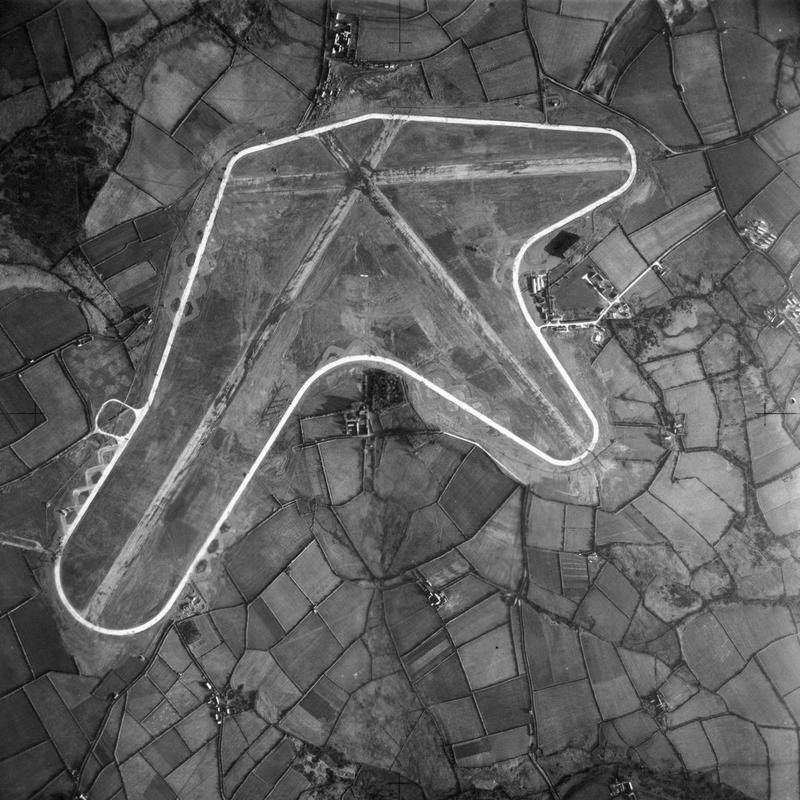
Second World War aerial view of Brawdy. © IWM (HU 92993)

Five Hawker Sea Hawks of 898 Naval Air Squadron in formation flight from RNAS Brawdy. © IWM (A 32894)
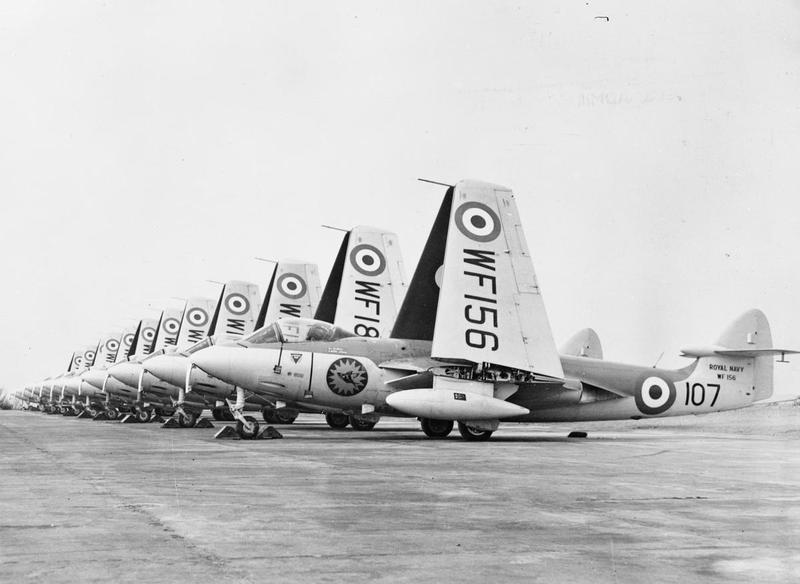
A line of Hawker Sea Hawks of 898 Naval Air Squadron at RNAS Brawdy. © IWM (A 32895)
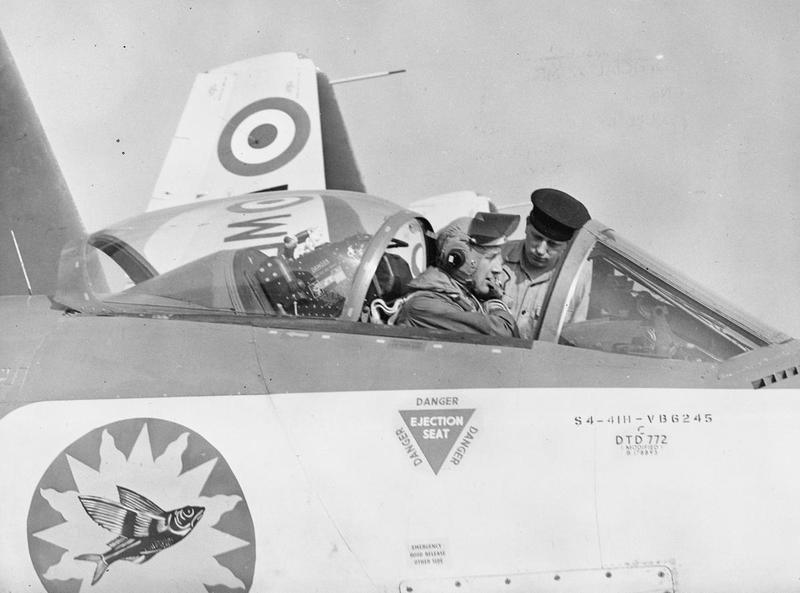
Lieut D P W Kelly seen in the cockpit of his 898 Squadron Sea Hawk at Brawdy. © IWM (A 32897)
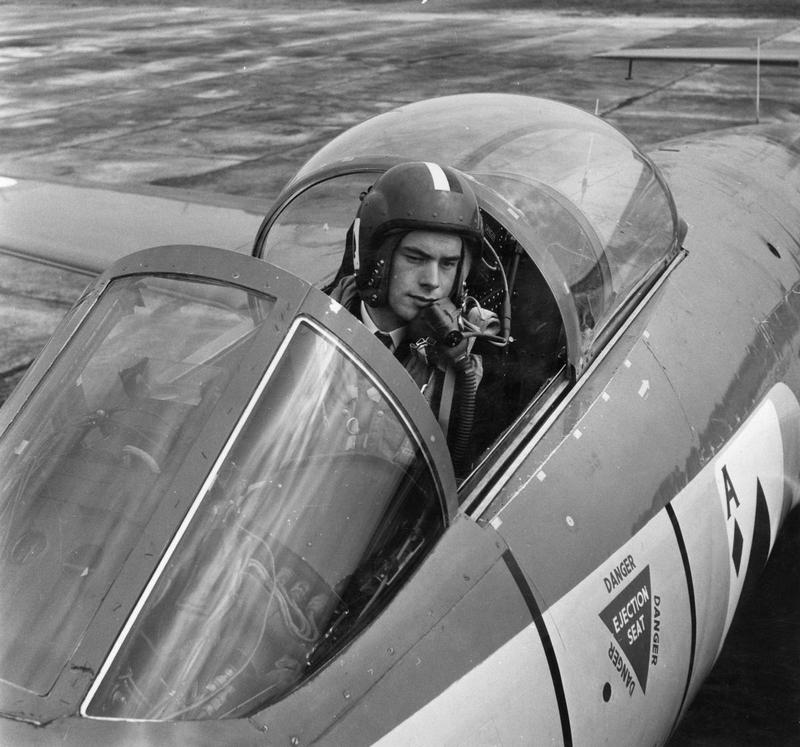
Sub Lieut J T Rawlins taxis his Sea Hawk into position for take off. © IWM (A 32618)
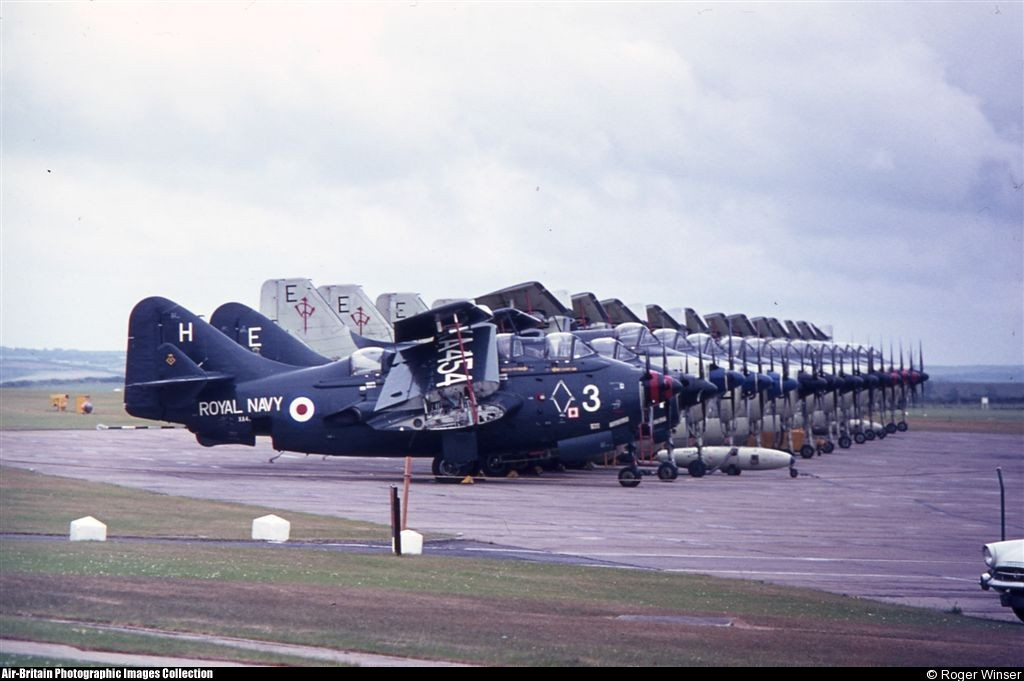
A line up of 849 Naval Air Squadron Fairey Gannets at Brawdy Air Day 1969. © Roger Winser/www.abpic.co.uk

A Westland Sea King HAR5 at the RAF Brawdy Open Day in 1985. © Paul Saunders/www.abpic.co.uk
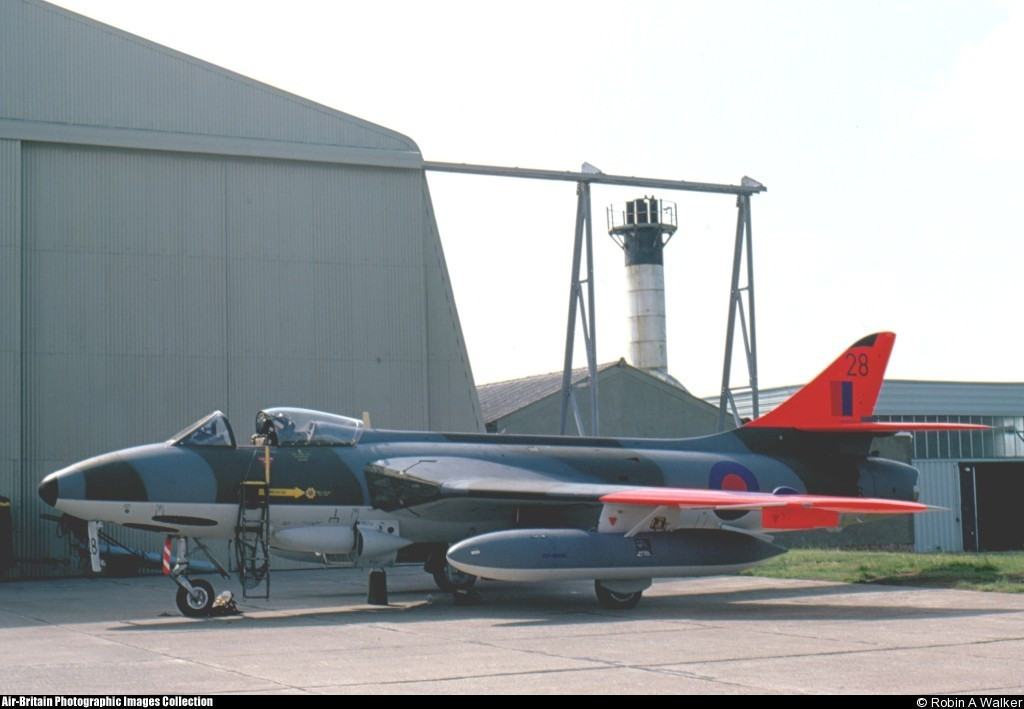
A Hawker Hunter F6A at RAF Brawdy, 18 August 1987. © Robin A Walker/www.abpic.co.uk
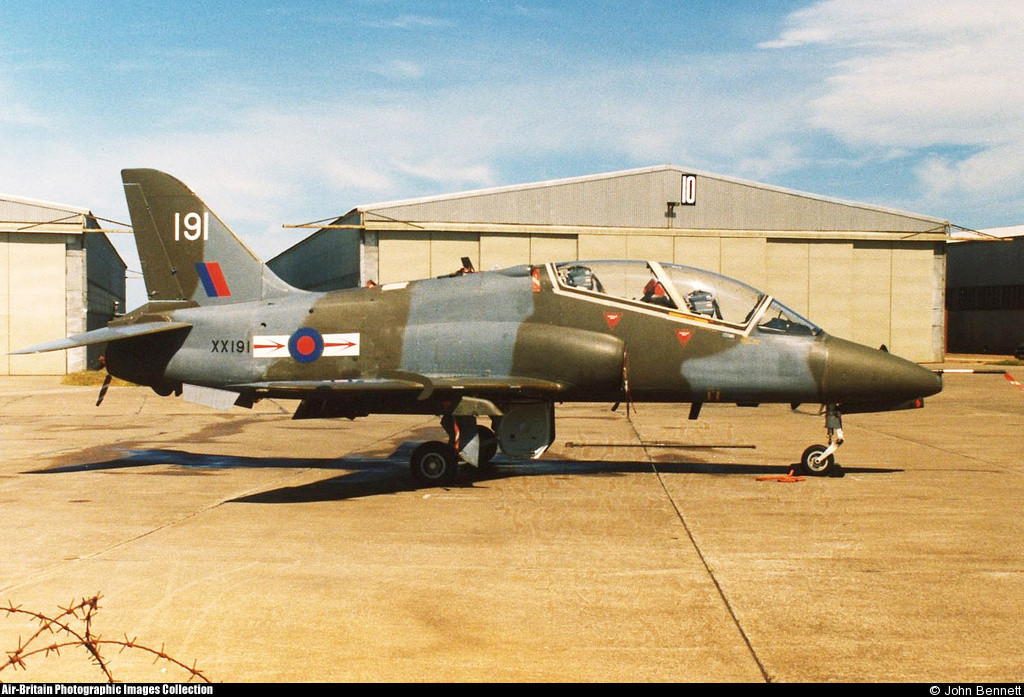
A BAE Systems Hawk T1A of No 1 Tactical Weapons Unit at Brawdy, 23 June 1988. © John Bennett/www.abpic.co.uk

View across Brawdy airfield, 23 June 2007. © Robin Lucas and licensed for reuse under this Creative Commons Licence.

View across Brawdy airfield, 16 March 2009. © Deborah Tilley and licensed for reuse under this Creative Commons Licence.
Footage from an air display at Brawdy in the late 1960s. Courtesy of mrjbroberts

Plan of Brawdy, c. late 1940s. © Royal Navy Research Archive. Click here for more information.
| Parent(s)/HQ Airfield(s): | |
| Satellite(s): |